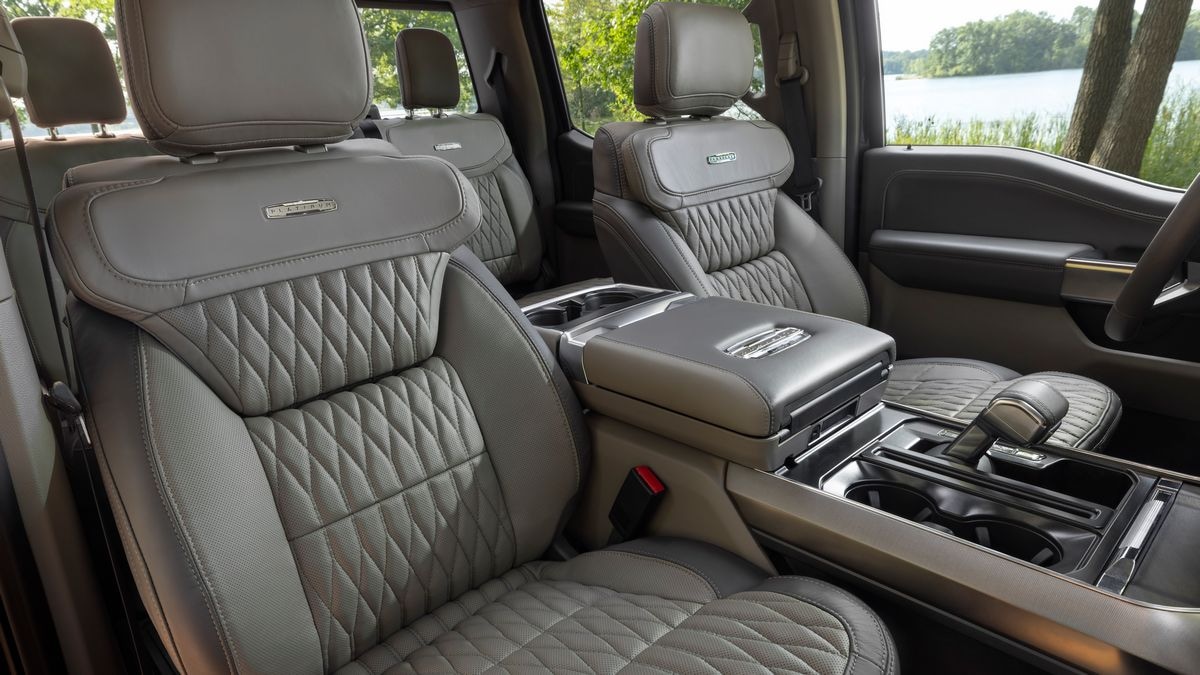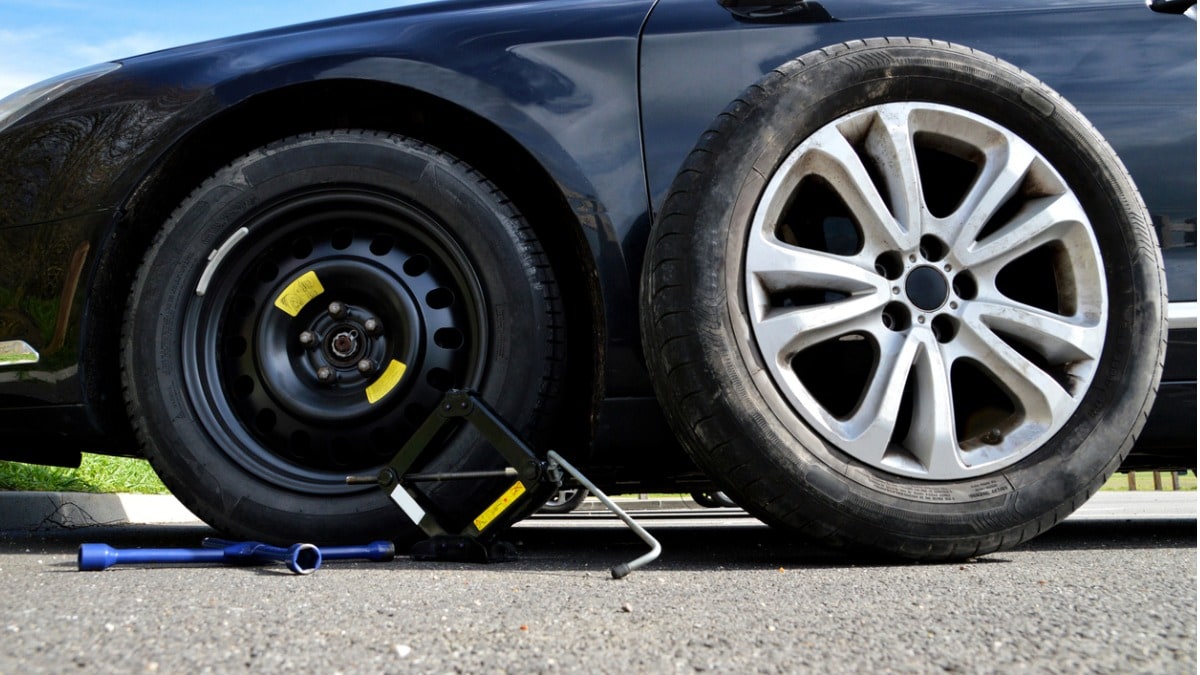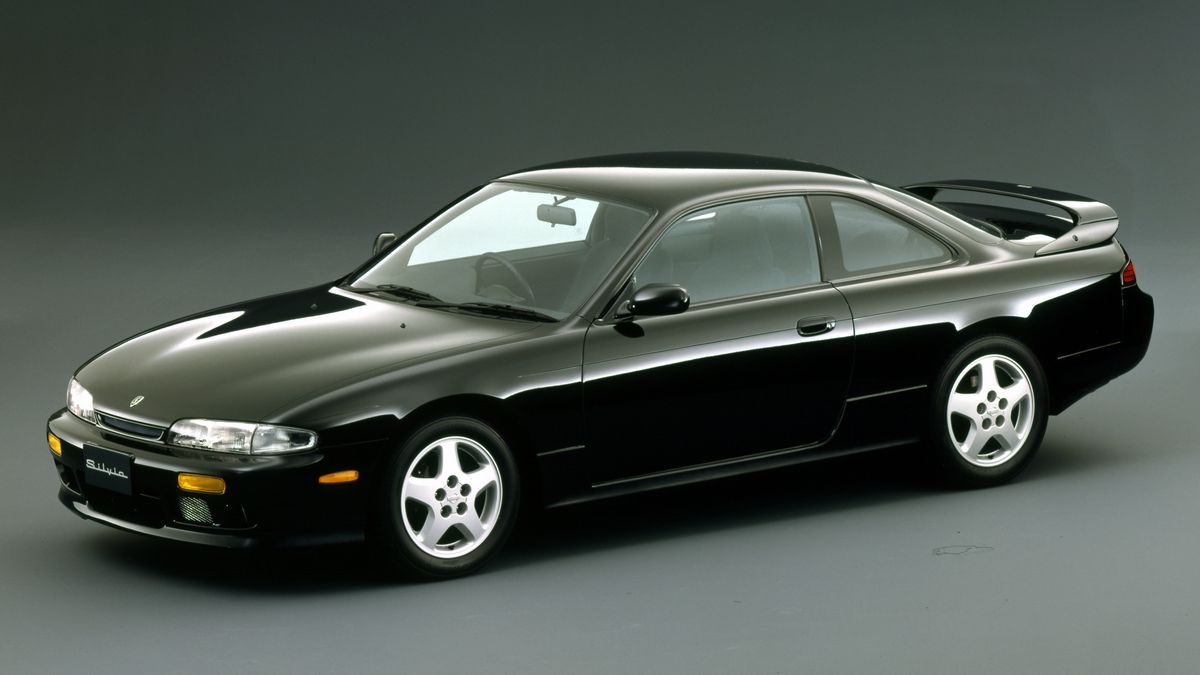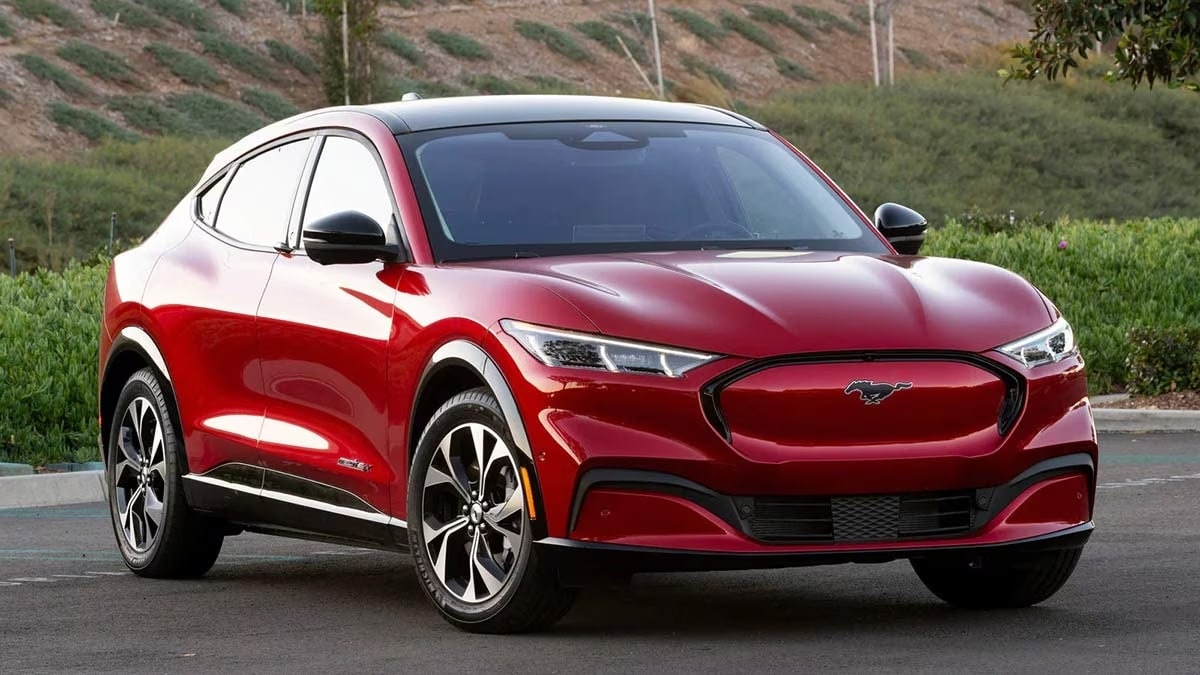Quick Facts About Ventilated Seats
Although a fundamental difference exists between ventilated seats and cooled seats, they are more alike than different. In fact, when checking out options lists, the term ventilated is sometimes misused like brand name Kleenex when referring to any facial tissue. For car shoppers, that misuse makes the job a little tougher when picking a vehicle trim or options package specifically to attain air-conditioned cooled seats.
Here, we will broaden your understanding of the ventilated-cooled tangle as we more clearly define each. While we are at it, we’ll provide sample lists of vehicles offering each. Use the jump links below to skip ahead.
What Are Ventilated Seats?
Like turning on the ceiling fan in your living room that cools by churning the room-temperature air, ventilated seats provide relief by recirculating vehicle-temperature air through the perforated seat coverings. Some systems suck air into the seat, drawing the warm air away from the seat occupant. BMW uses such a system. Other systems blow air out. Because fans are positioned under the seat cushion, those exhaling systems suck up somewhat cooler air lurking under the seat. Less effective in battling the layer of sweat that can form between the person and the seat than cooled seats in sticky hot temperatures, ventilated seats are still better than nothing.
What Are Cooled Seats?

Sometimes also referred to as refrigerated or air-conditioned seats, cooled seats blow refrigerated air through the perforated seat coverings. Sourcing the refrigerated air is either directly via the vehicle’s air conditioning system or a seat’s own individual, closed air-conditioning system. The point is, unlike ventilated seats that recirculate cabin-temperature air, cooled seats circulate chilled air, often created within their own refrigeration system.
Ventilated Seats vs. Cooled Seats: The Differences
The core commonality between ventilated and cooled seats is, both strive to keep us cooler on hot, sticky days by circulating air through the seat cushions. A dead giveaway that a vehicle might feature ventilated or cooled seats is perforated upholstery. That is, pinhole openings in the seat coverings through which air can flow. Such perforated upholstery doesn’t always guarantee an air-circulating function. However, it is a common denominator among vehicles providing that function.
Both systems use a series of fans and ducts to force air through the perforated bottom seat and backrest cushions. Many of these systems provide a control for increasing or decreasing the air flow’s effectiveness.
Porsche Cars North America spokesperson Calvin Kim says, “On cars with seats/options that allow for it, we utilize ventilated seats. This function pulls in ambient air, along with body heat, through the seat without any other active cooling system.”
2024 and 2025 Cars with Ventilated Seats
For the most part, ventilated and cooled seats remain upgrades secured by selecting the appropriate option package or upper trim level. However, ventilated seats are becoming more democratized as even some budget-minded cars offer them. See some of those below.
2024 and 2025 Cars with Cooled Seats
Although air-conditioned seats are almost always included in a discussion of ventilated seats, the truth is, very few models have air-conditioned seats. When found, these seats cooled with refrigerated air are a feature of higher-end (i.e., higher-cost) vehicles. As with ventilated seats, cooled seats are usually optional or included in the top trim levels. See some of those below.
Pros of Ventilated and Cooled Seats
- Heightens comfort: Without a doubt, the top benefit of ventilated and cooled seats is increasing overall comfort on warm or sticky, hot days.
- Reduces seat swamp: Seat swamp is the layer of sweat buildup between a person and the car seat. This icky sticky layer becomes at least somewhat manageable by creating airflow through the seat covering.
- Enhances air circulation — Simply moving air around inside a vehicle helps cool it down, including the air flowing through the seats.
- Lessens overheating — Extended periods of time in a vehicle on extremely hot days can induce overheating in exposed occupants, leading to dehydration and perhaps even heat stroke. Ventilated and cooled seats can help mitigate overheating.
Cons of Ventilated and Cooled Seats
- Higher purchase price — The technology often comes at an added cost, whether it’s ventilated seats or cooled seats. For example, a base 2025 Toyota Camry has a suggested retail price of $29,295, including factory-to-dealer destination charge. To gain ventilated seats requires stepping up the the Camry XLE ($33,400) and adding the $3,810 Premium Package. Total cost for a Camry with ventilated seats is $37,510.
- Potential maintenance costs — Every technology you add to a vehicle increases the potential for maintenance or repair costs down the road.
Ventilated Seats or Cooled Seats: Which Is Better?
There’s not much argument that cooled seats are more effective in combating seat swamp and increasing occupant comfort. On the other hand, cooled seats typically add more to a vehicle’s purchase price than ventilated seats. Determining which is better for you depends on the climate in which you live and do most of your driving. Ventilated seats might be sufficient if you live in Ohio or Iowa. Those living in South Florida or West Texas would benefit more from cooled seats. I doubt the which-is-better question is even contemplated by folks living in Maine or North Dakota.
In other words, your answer should balance need, cost, and reward.





